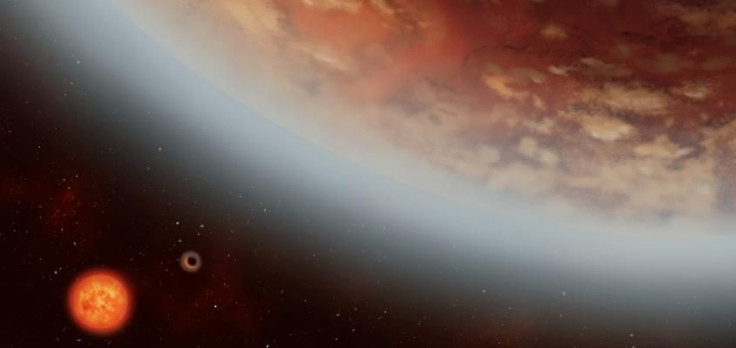Potentially Habitable Exoplanet K2-18b Found To Have Super-Earth Neighbor

New research has shown that exoplanet K2-18b, which orbits is parent stat K2-18 some 111 light-years away from Earth, could be a super-Earth. While figuring that out, they also chanced upon the discovery that another exoplanet also orbits the same star.
K2-18 is a red dwarf star in the constellation Leo and K2-18b was discovered in 2015. The exoplanet was found to be in the star’s habitable zone, meaning it could have liquid water on its surface, a necessary ingredient for life as we know it. But scientists weren’t sure if the planet was a scaled-up version of Earth (a rocky or terrestrial planet) or a scaled-down version of Neptune (a gas and ice planet).
“If you can get the mass and radius, you can measure the bulk density of the planet and that can tell you what the bulk of the planet is made of,” Ryan Cloutier, a Ph.D. student at the University of Toronto, Canada, who was lead author of the new research, said in a statement Tuesday.
To do that, Cloutier and his fellow researchers used data from the High Accuracy Radial Velocity Planet Searcher on the European Southern Observatory’s 3.6-meter telescope in La Silla Observatory, Chile. By measuring the radial velocities of stars, which can be influenced by the presence of planets around those stars, HARPS can allow for the detection of the planets around the stars.
The researchers surmised that K2-18b has a mass between six and 10 times that of Earth, making it either mostly rocky with a small gaseous atmosphere or a mostly water planet with a thick layer of ice on top.
“With the current data, we can’t distinguish between those two possibilities,” Cloutier said. “But with the James Webb Space Telescope (JWST) we can probe the atmosphere and see whether it has an extensive atmosphere or it’s a planet covered in water.”
JWST is NASA’s successor to the Hubble Space Telescope and is currently scheduled to be launched in spring 2019.
The discovery of a second planet in the K2-18 star system was something of a good fortune. In addition to two regular signals — one every 39 days from the star’s rotation and the other every 33 days from the planet’s orbit — the researchers found a third signal occurring every nine days.
“When we first threw the data on the table we were trying to figure out what it was. You have to ensure the signal isn’t just noise, and you need to do a careful analysis to verify it, but seeing that initial signal was a good indication there was another planet,” Cloutier said in the statement.
Called K2-18c, the newly discovered exoplanet is much closer to its host star than its already known neighbor. That means it is likely too hot for liquid water to exist on its surface, but its mass is likely similar to that of Earth.
The research is to be published in the journal Astronomy and Astrophysics and is currently available on the preprint server arXiv.
© Copyright IBTimes 2024. All rights reserved.





















